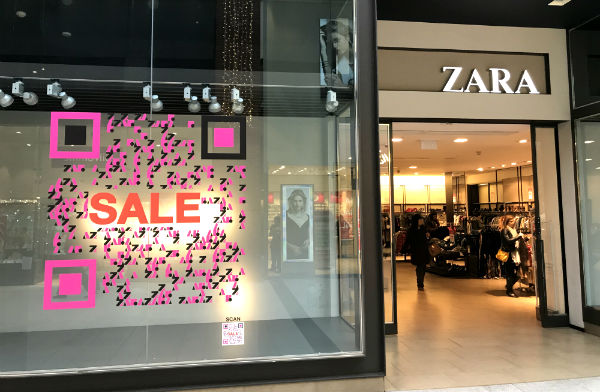The state of UK retail according to the Parliamentary report
Towards the end of 2018, UK parliament released a report looking at the Retail sector in the UK – analysing the current state of retail in the UK and the pressures faced by the sector. Here we summarise the main findings, look at what changes are going on within UK retail, and how the retail landscape is changing.
The state of UK retail
There are around 319,000 retail businesses in the UK, employing 2.8 million people, and with retail sales worth £395 billion.
The report confirms what we have all felt for some time, that the UK retail industry is going through a prolonged period of upheaval.
Since the economic crisis of 2008/09, disposable income has barely risen and this has created weak consumer confidence which has had a real impact on the retail industry.
In the supermarket sector the ‘big four’ (Tesco, Sainsbury’s, Asda and Morrisons) have faced increasing competition from discounters like Aldi and Lidl. Customers are less interested in the bulk-buy deals typically offered by the big four, and are looking for overall lower prices that the discounters offer. Since 2011, the big four’s market share has fallen from 77% to 68% in 2018.
Part of the pressure felt by the retail industry is due to an increase in internet shopping. We have written about this extensively ourselves, and this latest report from UK parliament shows that in ten years internet sales have risen from 5% of all retail sales to 18%; we actually do more internet shopping in the UK than in any other EU country.
The trend for online shopping combined with challenging economic conditions and changing consumer behaviour has led to many store closures (2,085 stores in 2018 to be exact) and the first rise in vacant retail premises in five years. 25% of these store closures were clothing shops.

Fighting back
The report finds the stores that are doing well are embracing the trend for online shopping by offering click and collect services and omni-channel retailing. The parliamentary report cites John Lewis customers as an example; 14% of customers researched and purchased entirely online, 12% researched in-store and bought online, while 23% researched online but made their purchase in the store. The remaining 51% researched and purchased in the store. These figures are from 2014, but what they indicate is changing shopper behaviour and how stores need to respond by providing online and in-store options for their customers. You can read more about the importance of omni-channel retailing here.
Shoppers are also showing a preference for mixed-use malls which include shops, cinemas and food and drink outlets, as well as other entertainment options. A trip to the shops has become something more than just shopping and shoppers are looking for leisure and entertainment facilities; a large out of town shopping mall can be a destination for a full day out.

Key takeawayThe UK retail industry is being challenged. Changing customer behaviour and shopping habits has led to increased pressures on retailers and many stores have closed as a result. To reverse this trend, stores need to consider what they can offer above and beyond the typical shopping experience, and where possible find ways to incorporate online options for their customers. Retailers need to be relentless in their work to make the most of each customer visit; our recently published guide – how to maximise sales from your existing footfall – can help you, and it’s free to download.
[fl_builder_insert_layout id=2876]
Further reading
In-store shopping is on the rise – takes a look at shopper behaviour and what retailers can learn from the many shoppers that still like to visit bricks and mortar stores.
Why POP displays work – the science behind POP displays and how they increase sales within stores.
Store layout science will help you sell more – how store layout impacts the behaviour of shoppers and the key areas you should consider when planning or redesigning your shop space.
Nine UK retail predictions for 2019 – what we expect to see in the UK retail industry for the coming year, including a rise in value-based shopping and more customisation of the customer purchasing journey.
Attributions
- Image credit for the Palace of Westminster